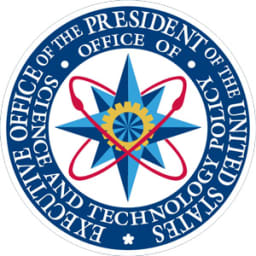In addition to this blog on the space industry, I also write a weekly blog on the nuclear issues at www.nucleotidings.com. Occasionally, I write posts that are relevant to both blogs such as today’s post on nuclear thermal propulsion.
In a nuclear thermal propulsion system, a fission reactor is used to heat a propellant such as hydrogen which is then directed through a nozzle to provide thrust for a space craft. It is estimated that such a propulsion system could substantially reduce the duration of a deep space mission such as a trip to Mars. Early in the Space Age, NASA studied nuclear thermal propulsion only to abandon it in the early 1970s. Such research has only recently been resurrected.
Vice President Mike Pence spoke March 26th at a National Space Council meeting in Huntsville, Alabama. He said, “As we continue to push farther into our solar system, we’ll need innovative new propulsion systems to get us there, including nuclear power. And the president and I know there’s no place on Earth better equipped to lead the world in pioneering these new propulsion technologies than Rocket City, U.S.A., a reference to a nickname for the NASA Marshall Space Flight Center in Huntsville, Alabama.
Nuclear thermal propulsion also has support in Congress as well as in the private space industry. Jeff Thornburg is the chief executive and president of Interstellar Technologies, a private space company. He used to be a propulsion executive at SpaceX and Stratolaunch. At the May 22 Space Tech Expo in Pasadena California, he said, “Nuclear propulsion is key to exploiting our capabilities beyond low Earth orbit. There’s some key technology development that really needs to happen beyond the current state of the art.” He said that nuclear thermal propulsion integrated with electrical propulsion was the key to facilitating the expansion of nuclear thermal propulsion.
Thornburg admitted that there were regulatory issues with nuclear thermal propulsion beyond purely technical challenges whether the nuclear thermal propulsion systems were developed and operated by government or private space industry. He also said that recent comments at the March meeting of the National Space Council by the Director of the Office of Science and Technology Policy about reviewing nuclear propulsion were encouraging.
It is not clear exactly how nuclear thermal propulsion fits into the long-term exploration plans of NASA. Roadmaps for NASA exploration as well as many roadmaps developed by the private space industry rely on conventional propulsion systems such as chemical and solar electrical propulsion. While these system do not offer the same reduced travel times as nuclear thermal propulsion, they also do not present the same technical and regulatory challenges. None of the list of proposed NASA missions through 2028 specifically call for nuclear thermal propulsion.
In 2019, the U.S. Congress provided one hundred million dollars for work on nuclear thermal propulsion. Seventy million dollars out of the hundred million dollars was earmarked for a flight demonstration of nuclear thermal propulsion in 2024.
